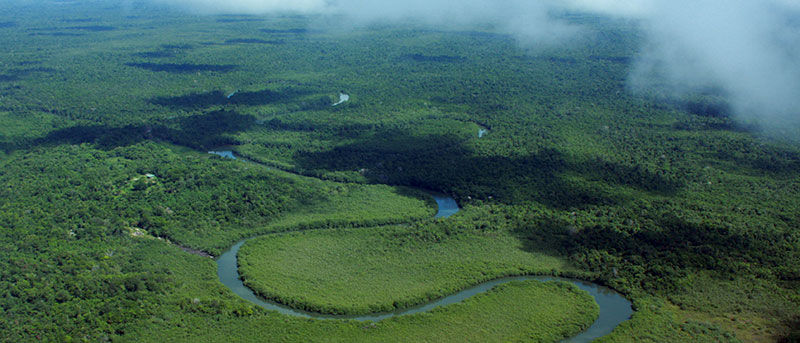
Belize is a developing country and tourism is not only essential to its economic growth but also to the continued protection of its rainforest, coral reef and wildlife. It is estimated that one in four people in Belize is employed by the tourism industry and a responsible holiday in Belize will provide you with an opportunity to truly experience the wonder of the natural world.
To arrange a holiday with a focus on ecotourism or conservation please contact us by email at info@naturallybelize.co.uk
Conservation
There are many conservation efforts taking place in Belize that are funded by not for profit organisations and the proceeds of ecotourism. Below are a few examples;
Belize Barrier Reef and Atolls
Seven reserves on the Belize Barrier Reef were declared UNESCO World Heritage sites in 1996 including the Blue Hole and Half Moon Caye Natural Monument on Lighthouse Reef. Half Moon Caye is a sanctuary to a population of several thousand rare red-footed boobies.
Jaguars
The Cockscomb Basin Wildlife Sanctuary is also the world's only jaguar reserve, it was formed based on the jaguar's natural habitat and continues to support ongoing research into this beautiful species. Although jaguar sightings are rare during the day, the undisturbed rainforest has well-marked hiking trails and is also home to plentiful wildlife and birdlife.
Scarlet Macaws
The Mayan village of Red Bank is nestled at the base of the Maya Mountains and is visited between January and March by a population of Scarlet Macaws. A successful eco-tourism program has resulted in villagers being trained as guides to take visitors to a viewing platform where the Macaws can be seen flying and feeding in the surrounding Annatto trees. The sight of these loud, large and brightly coloured birds in this rainforest setting is spectacular and one of our highly recommended tours.
Rio Bravo Conservation Area
There are a number of non-governmental organizations in Belize that are involved in specific eco-tourism projects including Rio Bravo Conservation and Management Area which is owned and managed by Programme for Belize and is situated to the north of Belize. It is Belize's largest private reserve and supports hundreds of bird species and many animal species including 12 endangered animal species. It operates an ecotourism programme that offers an enlightening but low impact experience of the rainforest.






